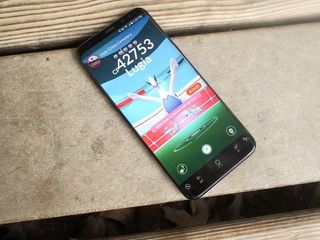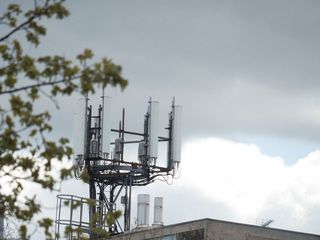Why your carrier's coverage map may not match your experience

When you're looking to switch cellular carriers, the most important factor is going to be how well the service actually works in your area. Sure, saving $10 a month is great, but not if it means your family and friends can't get ahold of you. A good starting place is your potential carrier's coverage map, since that will show the relative coverage in a given location.
But that's not the be-all and end-all. There are some factors that could drastically change the experience when you use your phone.
Old hardware

Truth be told, you can get a lot of miles out of an older phone these days. Battery life and photos won't be as good as those on a modern smartphone, but something from 2014 onwards will still open apps in a reasonable amount of time, make phone calls and take decent photos.
But the modem in your phone is going to be older as well. The carrier is going to be advertising coverage based on all of the antenna bands they could use, and if they're using frequencies that have been deployed in the last few years, your phone won't be able to take advantage of that coverage.
The number of users

A cellular tower can get congested quickly if there are a lot of users all trying to connect to the same tower. If you've ever been at a concert, played Pokémon Go, or been at another large public event, you know your data can slow to a crawl as everyone tries to Snapchat and Instagram all at the same time. If you live near a concert venue or popular public space, you may just have to deal with slow speeds because you're connecting to the same tower as the large crowds.
There's also the chicken and egg problem when it comes to where carriers invest in their network. If there aren't as many potential users in a given town — like my hometown of 1,200 people — the carrier is going to spend their time and money focusing on areas where they can better serve existing customers and maybe poach customers from competitors. But this means service is bad in places like my hometown, so no one there is going to use a carrier that doesn't work for them.
How to test your coverage

If you want to know why your coverage isn't as good as promised, there are a few tools available to help you out. Of course, the easiest thing to do is just try using your phone on the carrier you want to switch to. Pre-paid plans exist, and the $40 or so you spend up front for a month of service is a good way to know if the coverage is worth saving $10 per month. Just pop in your new SIM card, let the phone activate on the network, and make some phone calls and watch some YouTube videos.
Be an expert in 5 minutes
Get the latest news from Android Central, your trusted companion in the world of Android
But you can get more scientific with some apps. Signal Spy will tell you exactly which antenna band your phone is using to connect to the network. Meanwhile, OpenSignal will do a speed test without any carrier "optimization" that could change the results. It will also show you a map of the exact cell towers near your location that your phone could be trying to connect to. You can zoom in on a different area on the map, which can be helpful if you're planning a trip to a remote area.
What say you?
How consistent is your cell coverage? Let us know down below!

